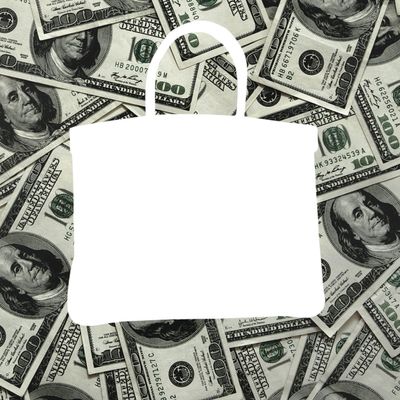
A couple of years ago, I was on a business trip in Iceland, and decided — on a very uncharacteristic impulse — to buy a handbag in the shape of a squirrel clutching a nut. When you’re in the land of Björk, having daily conversations with people who believe in elves and fairies, sometimes the whimsy overtakes you.
But it turns out a bag shaped like a woodland creature counterintuitively goes with everything. It’s so out there that it really defies the concept of “matching” a look. It’s timeless, by virtue of its singularity. The same goes for other items I’ve picked up over the years: bizarre intarsia designs of landscapes, a small tote that must have belonged to a child in the 1950s — with labeled pockets for jacks and a jump rope — and a necklace shaped like the Death Star from Star Wars. With the possible exception of a beige trench coat, I have never purchased anything that magazines would tout as an “investment piece,” and I don’t plan to. Like “directional,” “uptown meets downtown,” and “day to night,” this construction is one particular to service-y fashion writing and a far cry from the way most women I know want — or can afford — to dress.
In the service of trying to help women hone their style, magazines regularly trot out their lists of what pieces we should be “investing” in, as though an Atlantique bag is a blue-chip stock or a pair of Tod’s driving moccasins constitutes a 401(k). Often, they’ll map out the cost per wear, to encourage readers that the expense isn’t really what it seems. Investment pieces are invariably expensive. And safe: solid colors, unadorned silhouettes, a moratorium on embellishment. So congrats, by that logic you can look staid and boring each and every month you spend paying off your credit card bill, and for eternity thereafter.
In the article “6 Investment Pieces Worth Every Penny,” InStyle recommends sinking your cash into a black Max Mara coat and an Hermès watch, both about $2,500. Alternately, presuming you got a tax refund this year, Vogue suggests spending it on a $2,650 YSL satchel. The “investment piece” construction is, all too often, a way to shoehorn in items that are high on price and short on fashion-forwardness. And it is a lie. Even the most beautifully made objects wear out with use. Not to mention the fatigue of familiarity. Carrying the same tote bag for 20 years sounds about as interesting as eating the same lunch every day for the rest of your life. Call it sartorial Soylent.
If you approach fashion as a zero-sum game (Okay, what is the bare minimum I need to look respectable?), then assembling a lineup of overpriced classics might make sense. But for anyone who loves fashion, and is excited about getting dressed every day rather than viewing it as an annoying necessity, fashion is about a lot more than just covering your bases. As Tom Ford would say, it’s about the dream. If my ship ever comes in, I’ll be buying some fantastical, infanta-style Delpozo dress or one of those Yohji pieces with three arms — not a sensible, everyday black tote.

